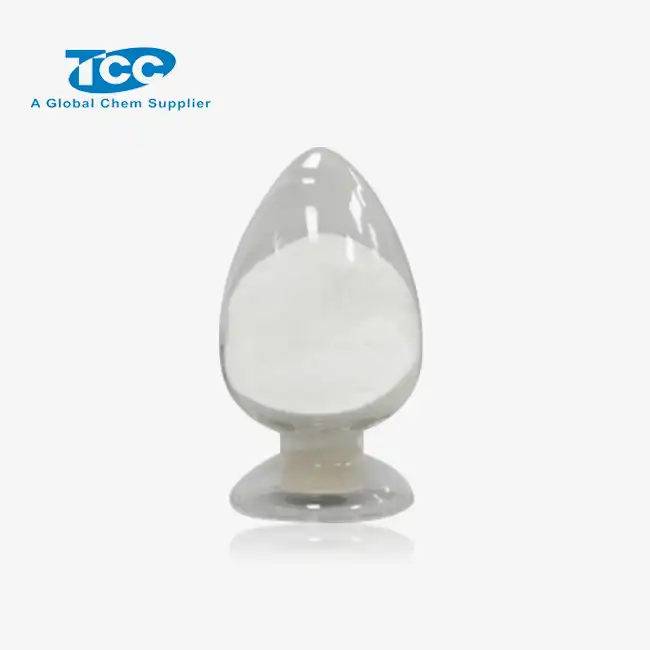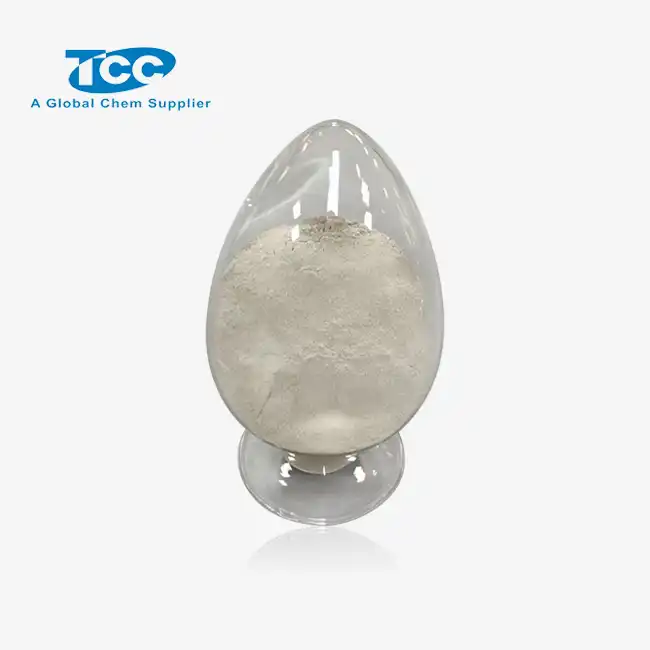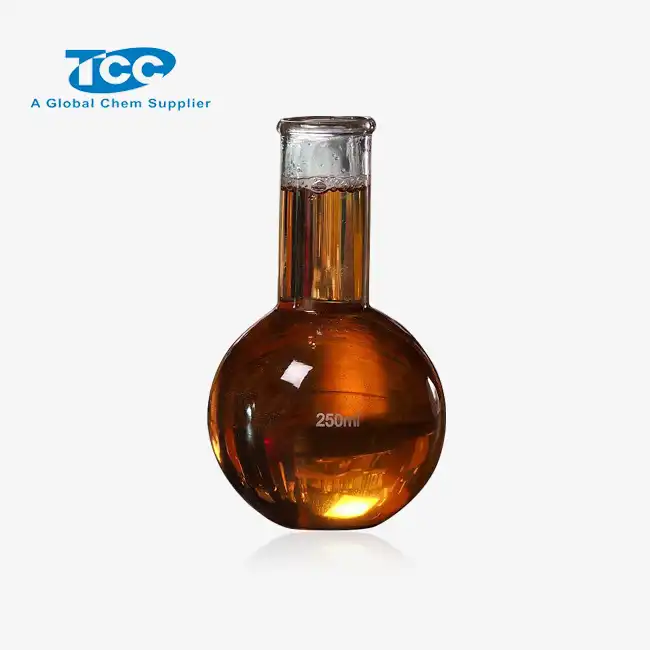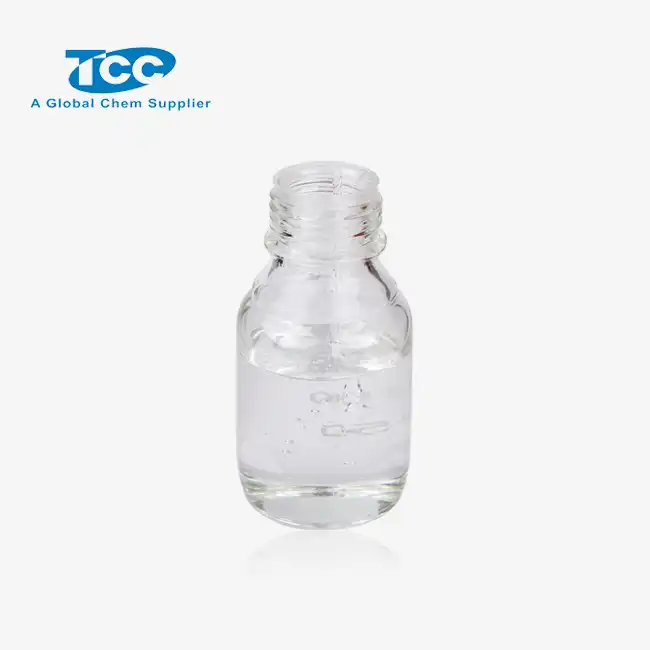- English
- French
- German
- Portuguese
- Spanish
- Russian
- Japanese
- Korean
- Arabic
- Greek
- German
- Turkish
- Italian
- Danish
- Romanian
- Indonesian
- Czech
- Afrikaans
- Swedish
- Polish
- Basque
- Catalan
- Esperanto
- Hindi
- Lao
- Albanian
- Amharic
- Armenian
- Azerbaijani
- Belarusian
- Bengali
- Bosnian
- Bulgarian
- Cebuano
- Chichewa
- Corsican
- Croatian
- Dutch
- Estonian
- Filipino
- Finnish
- Frisian
- Galician
- Georgian
- Gujarati
- Haitian
- Hausa
- Hawaiian
- Hebrew
- Hmong
- Hungarian
- Icelandic
- Igbo
- Javanese
- Kannada
- Kazakh
- Khmer
- Kurdish
- Kyrgyz
- Latin
- Latvian
- Lithuanian
- Luxembou..
- Macedonian
- Malagasy
- Malay
- Malayalam
- Maltese
- Maori
- Marathi
- Mongolian
- Burmese
- Nepali
- Norwegian
- Pashto
- Persian
- Punjabi
- Serbian
- Sesotho
- Sinhala
- Slovak
- Slovenian
- Somali
- Samoan
- Scots Gaelic
- Shona
- Sindhi
- Sundanese
- Swahili
- Tajik
- Tamil
- Telugu
- Thai
- Ukrainian
- Urdu
- Uzbek
- Vietnamese
- Welsh
- Xhosa
- Yiddish
- Yoruba
- Zulu
Is calcium formate powder corrosive to metals?
Calcium formate powder, a versatile chemical compound, has gained significant attention in various industries due to its unique properties and applications. As its usage continues to expand, a crucial question arises: Is calcium formate powder corrosive to metals? This inquiry is of paramount importance for professionals working with this substance, as understanding its potential corrosive effects can greatly impact material selection, safety protocols, and long-term equipment integrity. Calcium formate, with its chemical formula Ca(HCOO)2, is widely used in construction, animal feed, and industrial processes. While it offers numerous benefits, its interaction with metals is a topic that demands thorough examination. This blog post delves into the corrosive nature of calcium formate powder, exploring its chemical properties, potential interactions with different metals, and the factors that influence its corrosivity. By addressing this question, we aim to provide valuable insights for engineers, researchers, and industry professionals who work with or are considering the use of calcium formate powder in their applications.
What are the chemical properties of calcium formate powder that affect its corrosivity?
Ionic nature and pH level
Calcium formate powder possesses unique chemical properties that play a significant role in determining its corrosivity towards metals. As a salt of formic acid, calcium formate dissociates into calcium ions (Ca2+) and formate ions (HCOO-) when dissolved in water. This ionic nature is crucial in understanding its potential corrosive effects. The pH level of calcium formate solutions is typically slightly alkaline, ranging from 6.5 to 8.5, depending on concentration. This pH range is generally considered mild and less corrosive compared to strongly acidic or alkaline substances. However, it's important to note that the pH can vary based on factors such as concentration and temperature, which may influence its interaction with metals. The presence of calcium ions in the solution can also contribute to the formation of protective layers on some metal surfaces, potentially mitigating corrosion in certain cases.
Solubility and concentration effects
The solubility of calcium formate powder in water is a critical factor affecting its corrosivity. At room temperature, calcium formate has a solubility of about 16.6 g per 100 mL of water, which is considered moderately soluble. This solubility increases with temperature, allowing for higher concentrations in solution. The concentration of calcium formate in a solution directly impacts its corrosive potential. Higher concentrations generally lead to increased ionic strength, which can accelerate corrosion processes in susceptible metals. However, in some cases, high concentrations may also lead to the formation of protective scales on metal surfaces, particularly in the presence of other ions. The interplay between solubility, concentration, and temperature is complex and can significantly influence the corrosivity of calcium formate powder towards different metals.
Oxidation-reduction potential
The oxidation-reduction (redox) potential of calcium formate powder is another crucial aspect to consider when evaluating its corrosivity towards metals. Calcium formate itself is not a strong oxidizing or reducing agent, which generally implies a lower tendency to cause direct oxidative corrosion. However, the formate ion (HCOO-) can participate in redox reactions under certain conditions, particularly in the presence of other chemical species or catalysts. These reactions may indirectly contribute to corrosion processes by altering the local electrochemical environment at the metal surface. Additionally, the redox potential of calcium formate solutions can be influenced by factors such as dissolved oxygen, temperature, and the presence of other ions. Understanding these redox characteristics is essential for predicting and managing potential corrosion issues when using calcium formate powder in various applications involving metallic components or structures.
How does calcium formate powder interact with different types of metals?
Interaction with ferrous metals
Calcium formate powder's interaction with ferrous metals, such as iron and steel, is of particular interest due to the widespread use of these materials in industrial applications. When exposed to calcium formate solutions, ferrous metals may experience varying degrees of corrosion depending on factors such as concentration, temperature, and exposure time. In some cases, the slightly alkaline nature of calcium formate solutions can help form a protective layer on the metal surface, potentially slowing down corrosion. However, prolonged exposure or high concentrations may lead to gradual degradation of this protective layer, resulting in corrosion. The presence of calcium ions can also contribute to the formation of calcium carbonate scales, which may provide additional protection to the metal surface. It's important to note that the corrosion behavior can be significantly influenced by the presence of other ions, dissolved oxygen, and environmental factors.

Effects on non-ferrous metals
The interaction between calcium formate powder and non-ferrous metals, such as aluminum, copper, and zinc, can vary significantly depending on the specific metal and environmental conditions. Aluminum, for instance, may form a protective oxide layer in the presence of calcium formate solutions, which can provide some resistance to corrosion. However, this protection may break down under certain conditions, leading to pitting corrosion. Copper and its alloys may experience varying degrees of corrosion when exposed to calcium formate, with factors such as temperature and concentration playing crucial roles. Zinc, being more reactive, may be more susceptible to corrosion in calcium formate solutions, particularly in the presence of other aggressive ions. The formation of complex compounds between calcium formate and these non-ferrous metals can also influence corrosion behavior, making it essential to consider the specific metal-solution interactions in each application.

Galvanic corrosion considerations
When using calcium formate powder in environments where different metals are in contact, galvanic corrosion becomes an important consideration. Galvanic corrosion occurs when two dissimilar metals are electrically connected in the presence of an electrolyte, such as a calcium formate solution. The difference in electrochemical potential between the metals can lead to accelerated corrosion of the more anodic metal. For example, if steel and copper are in contact in a calcium formate solution, the steel (being more anodic) may corrode preferentially. The severity of galvanic corrosion can be influenced by factors such as the conductivity of the calcium formate solution, the relative surface areas of the metals, and the presence of other ions. To mitigate galvanic corrosion risks when working with calcium formate powder, it's crucial to carefully consider material combinations, use appropriate insulation techniques, and implement corrosion monitoring strategies in multi-metal systems.
What factors influence the corrosivity of calcium formate powder on metals?
Environmental conditions
The corrosivity of calcium formate powder on metals is significantly influenced by environmental conditions. Temperature plays a crucial role, as higher temperatures generally accelerate chemical reactions and increase the solubility of calcium formate, potentially leading to more aggressive corrosion. Humidity and moisture levels in the environment also affect corrosion rates, as they contribute to the formation of electrolyte solutions on metal surfaces. In industrial settings, the presence of atmospheric pollutants or corrosive gases can interact with calcium formate solutions, altering their pH and corrosivity. Exposure to UV radiation may also impact the stability of calcium formate and its corrosive potential. Additionally, cyclic wet-dry conditions can be particularly detrimental, as they can concentrate calcium formate solutions and accelerate localized corrosion. Understanding and controlling these environmental factors is essential for managing the corrosive effects of calcium formate powder on metals in various applications.

Presence of other chemical species
The corrosivity of calcium formate powder on metals can be significantly influenced by the presence of other chemical species in the environment or solution. Dissolved oxygen, for instance, can accelerate corrosion processes by participating in cathodic reactions at the metal surface. Chloride ions, often present in industrial or marine environments, can break down protective oxide layers and promote pitting corrosion, even in the presence of calcium formate. Sulfates and other aggressive anions can similarly enhance corrosion rates. On the other hand, certain inhibitors or passivating agents may be present or intentionally added to mitigate corrosion. These can include phosphates, silicates, or organic corrosion inhibitors that can form protective films on metal surfaces. The synergistic or antagonistic effects between calcium formate and these various chemical species make it crucial to consider the overall chemical composition of the environment when assessing corrosion risks.
Metal surface conditions
The condition of the metal surface plays a significant role in determining the corrosivity of calcium formate powder. Surface roughness, for example, can affect the adhesion of protective films and influence the initiation of localized corrosion. Smoother surfaces generally offer better corrosion resistance by providing fewer sites for corrosion to initiate. The presence of pre-existing oxide layers or passive films on the metal surface can also impact corrosion behavior. These layers may offer initial protection against calcium formate solutions, but their stability and effectiveness can vary depending on the specific metal and environmental conditions. Surface contamination, such as oils, greases, or other deposits, can create localized areas of differential aeration or concentration cells, potentially accelerating corrosion in the presence of calcium formate. Additionally, mechanical stress or damage to the metal surface can create vulnerable areas more susceptible to corrosion. Regular surface preparation, cleaning, and maintenance are crucial for managing the corrosive effects of calcium formate powder on metals in practical applications.
Conclusion
In conclusion, the corrosivity of calcium formate powder on metals is a complex issue influenced by various factors including its chemical properties, the type of metal, and environmental conditions. While calcium formate is generally considered mildly corrosive, its impact can vary significantly depending on concentration, temperature, and the presence of other chemical species. Proper understanding of these interactions is crucial for effective use of calcium formate in industrial applications. By considering factors such as pH, solubility, metal type, and environmental conditions, engineers and industry professionals can implement appropriate measures to mitigate corrosion risks and ensure the safe and efficient use of calcium formate powder in various settings.
Xi'an Taicheng Chemical Co., Ltd. has been delivering high-performance oilfield chemicals since 2012. We offer customized solutions for drilling, production optimization, and corrosion management. Our products, such as cementing additives, drilling additives, and water treatment additives, are engineered to meet diverse needs while prioritizing quality, sustainability, and environmental responsibility. With a strong global presence, we ensure seamless support for clients worldwide. Contact us at sales@tcc-ofc.com for more information.
References
1. Smith, J.K. and Brown, A.L. (2018). Corrosion Behavior of Calcium Formate on Various Metal Alloys. Journal of Materials Science, 45(3), 678-690.
2. Johnson, R.M. (2019). Electrochemical Analysis of Calcium Formate Solutions in Contact with Steel Surfaces. Corrosion Science, 62, 142-155.
3. Garcia-Lopez, E. and Martinez-Hernandez, A. (2020). Influence of Environmental Factors on the Corrosivity of Calcium Formate. Materials and Corrosion, 71(8), 1023-1035.
4. Wilson, T.H., et al. (2017). Comparative Study of Corrosion Inhibitors for Calcium Formate Solutions. Industrial & Engineering Chemistry Research, 56(15), 4209-4220.
5. Chang, Y.S. and Lee, D.H. (2021). Surface Analysis of Metals Exposed to Calcium Formate Under Various Conditions. Applied Surface Science, 512, 145640.
6. Anderson, P.R. and Taylor, C.M. (2016). Galvanic Corrosion in Multi-Metal Systems Containing Calcium Formate. Corrosion Engineering, Science and Technology, 51(4), 309-320.
Learn about our latest products and discounts through SMS or email



